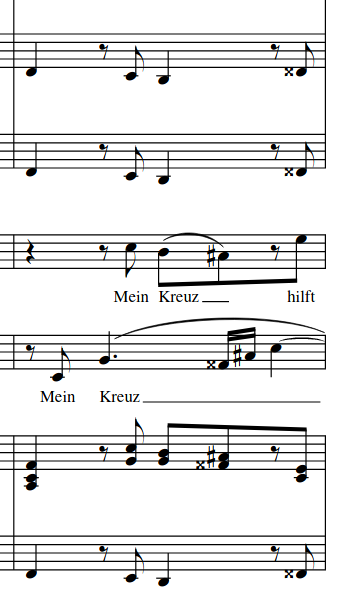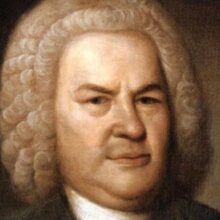Cantata BWV 5Wo soll ich fliehen hin?
Playlist
Translation
Analysis
This cantata is based on a 1630 hymn by Johann Heermann that consists of 11 verses: Bach uses the first and eleventh verses unchanged for his first and last movements; for the rest, an anonymous librettist has paraphrased the original hymn. The first two movements draw attention to the plight of the sinner -but the cantata then switches direction to show that our sins are assuaged by Christ's blood-sacrifice and we accordingly have things to look forward to. The cantata thus starts out with us not knowing which way to turn, but ends up with us confident and assured through Christ. [...]

